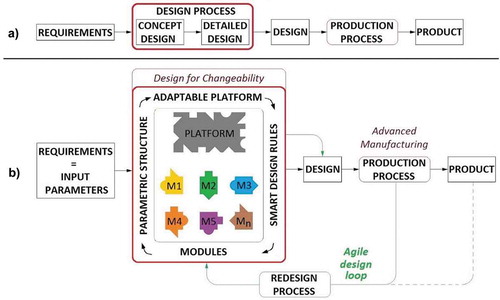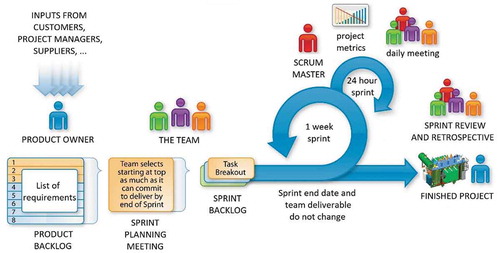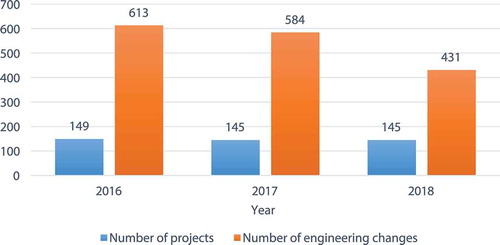Figures & data
Figure 2. Projection of a house of agile PD Process in one-of-a-kind business environment, based on conducted literature review

Figure 3. An example of two power transformers, where the same functionality is realized with two very different shape models. Agile PD plays a key role in company competitiveness
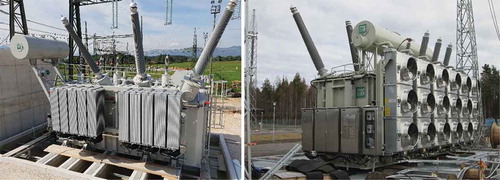
Figure 4. Research approach. General agile and lean principles were altered according to one-of-a-kind production attributes to optimally accommodate the respective process
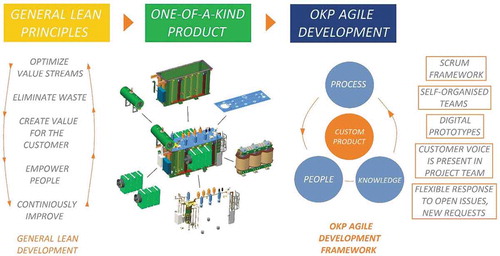
Table 1. Summary of applied actions to transform the PD process in Process domain
Figure 6. Demonstration of the transformation process of people during the case study. Transition from traditional quasi-concurrent engineering process (left) to fully concurrent engineering process with a robust project team structure (right) resulted in a significant reduction of development and design time, as well as considerable gains in the field of process efficiency

Table 2. Summary of applied actions to transform the PD process in People domain
Table 3. Summary of applied actions to transform the PD process in Knowledge domain
Figure 7. Synergy of physical and parametric modularity in a highly individualized business environment with smart loops on different levels. Subsystems have been mutually linked with a substantial number of self-aware components. Typical major subassemblies of a power transformer (from the upper left, clockwise): tank, active part, cover, equipment, cooling system and conservator
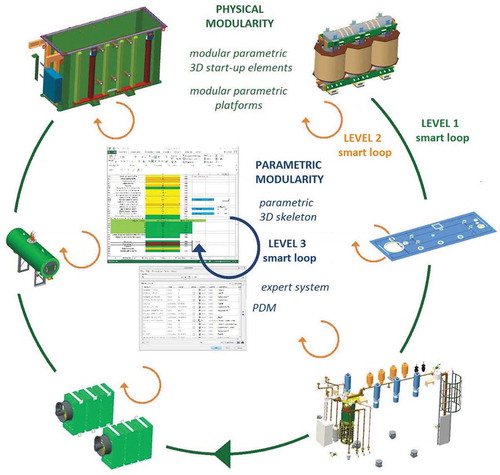
Figure 8. Fully parametric 3D platform of a magnetic circuit. The scalable platform with built-in modular attributes (marked with red circles) enables the model to be customized and adjusted according to new design parameters and customer specifications in a considerably short amount of time. The efficient iterative process enables late design decisions

Figure 9. Proposed generalized framework of a highly efficient one-of-a-kind PD process transformation according to the principles of agility
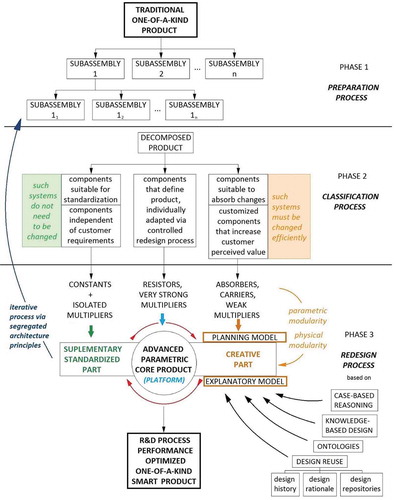
Table 4. Complete list of savings, resulting in agile PD process renovation according to agile philosophy
Table 5. Proposed generalized framework of a robust, agile process in one-of-a-kind PD environment

